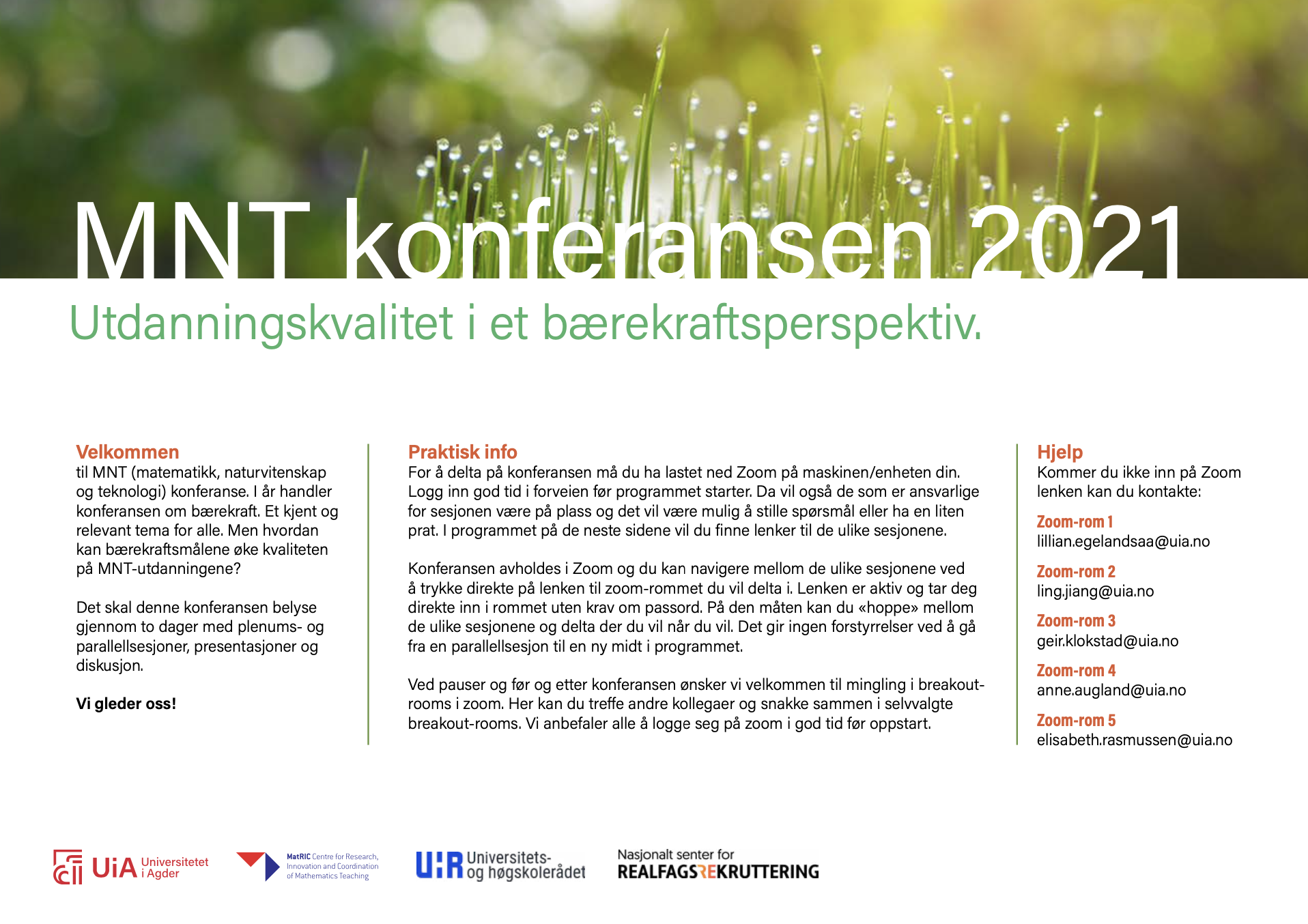Experience in Use of 3D Printing in Engineering Education at University of Stavanger
DOI:
https://doi.org/10.5324/njsteme.v5i1.3934Abstract
This article is based on a project run in 2018 and 2019 entitled “Educating Mechanical Engineering using 3D Printing – Under3DP”. The project was funded by Faculty of Science and Technology, University of Stavanger (UiS). The project is motivated by the current developments of the 3D printing technology in diverse disciplines whose initial inception was for rapid prototyping that can transform 3D models in computers to physical objects that the designer and/or the customer can touch, feel and better comprehend. Being one of the enablers of the digital transformations in manufacturing, the 3D printing technology is the fastest growing technologies and it is bringing more and more significant impacts to the manufacturing sector, healthcare, daily life, and the global economy. The pedagogical benefit of the project was evaluated using questionnaire based survey after the students of a course in Product Development and 3D Modelling have executed a mandatory group exercise to make 3D models of 3D printed samples and 3D print some of their 3D model ideas. According to the assessment results, more than 80% of the students who participated in the assessment responded that use of 3D fabricated parts in product design tasks have contributed to better understanding of the task and 3D printing has supported the learning process.
Nedladdningar
##submission.downloads##
Publicerad
Nummer
Sektion
Licens
Copyright (c) 2021

Det här verket är licensierat under en Creative Commons Erkännande 4.0 Internationell-licens.
The Nordic Journal of STEM Education licenses all content of the journal under a Creative Commons Attribution (CC-BY) licence. This means, among other things, that anyone is free to copy and distribute the content, as long as they give proper credit to the author(s) and the journal. For further information, see Creative Commons website for human readable or lawyer readable versions.
Authors who publish with this journal agree to the following terms:
1. Authors retain copyright and grant the journal right of first publication with the work simultaneously licensed under a Creative Commons Attribution License that allows others to share the work with an acknowledgement of the work's authorship and initial publication in this journal.
2. Authors are able to enter into separate, additional contractual arrangements for the non-exclusive distribution of the journal's published version of the work (e.g., post it to an institutional repository or publish it in a book), with an acknowledgement of its initial publication in this journal.
3. Authors are permitted and encouraged to post their work online (e.g., in institutional repositories or on their website) prior to and during the submission process, as it can lead to productive exchanges, as well as earlier and greater citation of published work (See The Effect of Open Access

